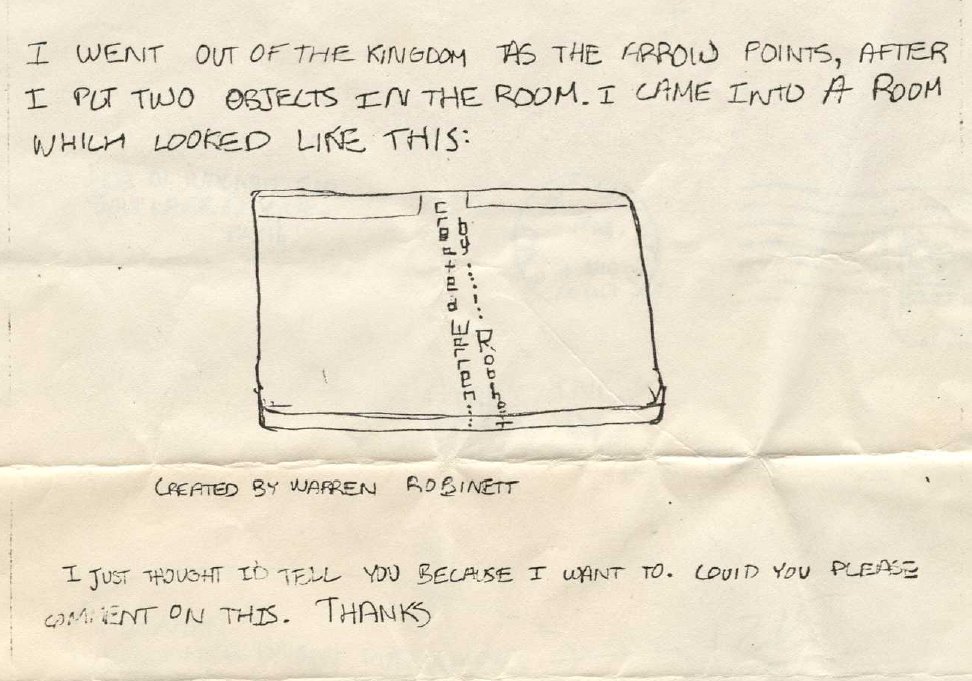
Last month I told you about the first Easter Eggs in video games, but even earlier Eggs existed in other software.
Who created the first software Easter Egg? I thought this mystery was unsolvable, until a team-up with Ed Fries.
acriticalhit.com/make-love-not-…
Who created the first software Easter Egg? I thought this mystery was unsolvable, until a team-up with Ed Fries.
acriticalhit.com/make-love-not-…
This is a two-parter, and you get to pick which order you read them in! Here's Ed Fries' side of the adventure:
edfries.wordpress.com/2021/05/23/who…
edfries.wordpress.com/2021/05/23/who…
Originally my Easter Eggs video was going to be twice as long, and include mention of "Make Love Not War" as well as how the term "Easter Egg" invaded non-computer media, but the lack of info about "Make Love Not War" felt anti-climatic.
acriticalhit.com/ready-player-o…
acriticalhit.com/ready-player-o…
I decided to narrow in on just video games (to put more of the focus on Moonlander), with the thought of doing a sequel if "Make Love Not War" was ever solved.
So the sequel is on! But I have a few other videos I need to finish up first. Maybe I'll do the sequel next Easter?
So the sequel is on! But I have a few other videos I need to finish up first. Maybe I'll do the sequel next Easter?

Despite the gaint tangent in the middle of the William Weiher interview, I did cut a few things. For example, in the Usenet discussion I discovered a similar Easter Egg from 1972 (still before Moonlander) where using the MIC command "GOTO" to "GOTO HELL" results in "Get stuffed." 

Also on Usenet, Robert Clements hints at quite a tale about installing the PDP-6 at Stanford.
Also: DECUS conferences were video taped? Do computer historians out there know this?
Also: DECUS conferences were video taped? Do computer historians out there know this?

Here's an alt photo of the Great New York Subway Race, which I didn't know about until I was trying to find photos of Dick Gruen. You can read Peter Samson's memories of this event from his homepage here: gricer.com/anysrc/anysrc.… 

There are several photos online of young Bill Gates and Paul Allen at Lakeside School in 1970. Here are two others I considered: 



Okay, poll time. If you've read the article: Do you think Weiher including the Elvish Feanorian alphabet as a font option in a plotter is an Easter Egg, or just a fun font option?
• • •
Missing some Tweet in this thread? You can try to
force a refresh












